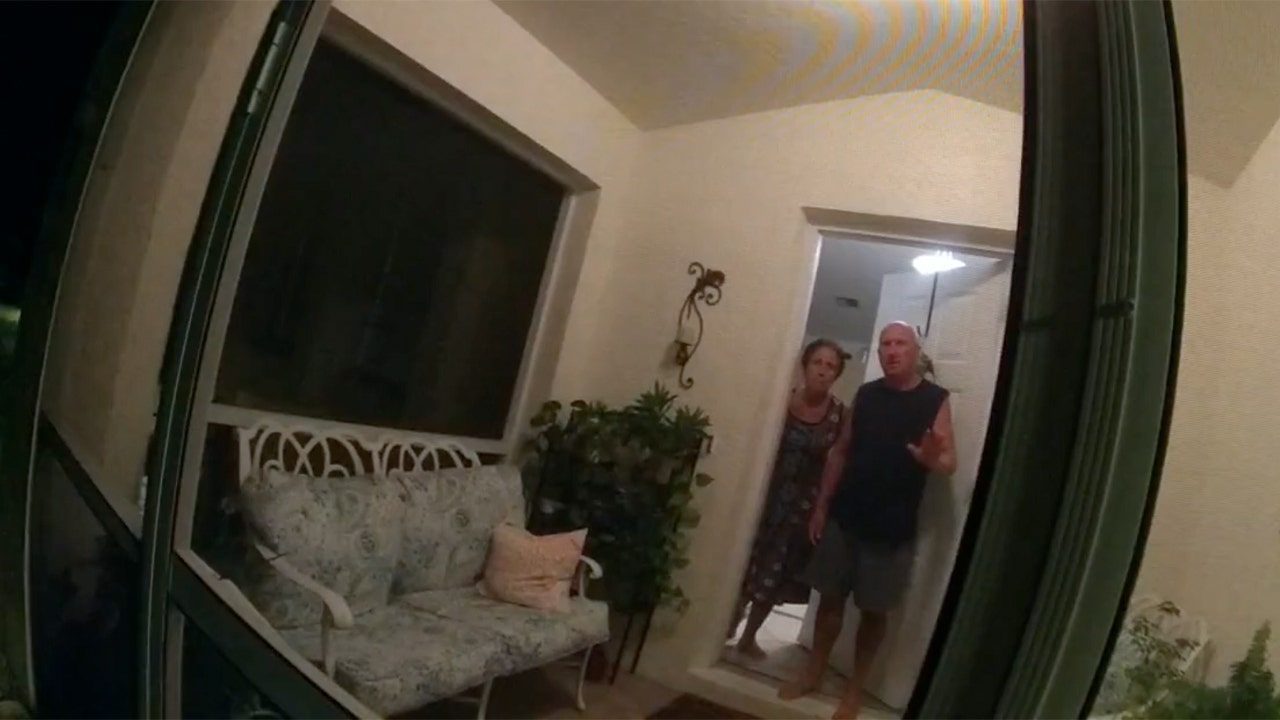This story is part of CNBC Make It’s Six-Figure Side Hustle series, where people with lucrative side hustles break down the routines and habits they’ve used to make money on top of their full-time jobs. Got a story to tell? Let us know! Email us at [email protected].
Emily Odio-Sutton remembers the exact moment she made her side hustle’s first sale.
She was in the lobby of a gymnasium at a kid’s birthday party near her home in Melbourne, Florida. One of her daughters had just taken a bite of Publix birthday cake, when her phone pinged: She’d sold a $22 T-shirt with a speech pathology-themed design on e-commerce marketplace Etsy.
“I can vividly see the cake, the balloons and remember thinking, ‘This can work,'” Odio-Sutton, 36, tells CNBC Make It.
Odio-Sutton started looking for a side hustle in 2022, after realizing her 9-to-5 job as an internal operations manager at a teachers’ book publishing company would prevent her from picking her daughter up from kindergarten. She started a print-on-demand shop, using Canva software to create designs for Etsy-friendly products like T-shirts and candles. Whenever a customer places an order, a manufacturer called Printify prints the design onto the product and ships it out for her.
Her Etsy store brought in $220,300 last year, according to documents reviewed by CNBC Make It. Odio-Sutton estimates that 30% of those sales are profit. She’s used her side hustle earnings to pay off her entire $20,000 student loan balance, start investing in the stock market, open college saving accounts for her daughters and take a cruise with her husband, she says.
Last year, Odio-Sutton opened a second Etsy shop — selling downloadable event materials, like sign-up sheets and schedule templates — that’s brought in $17,200 in sales so far in 2024. And in June, she moved into a part-time role at the publishing company that makes $40 per hour, 20 hours per week.
She spends 10 hours per week on her Etsy shops, and often works from her laptop while sitting at her daughters’ gymnastics and swimming practice, she says. She’d prefer not to name her shops, to prevent potential copycats, she adds.
Here, Odio-Sutton discusses how to start a side hustle like hers, her formula for quick-selling designs and the biggest mistakes that she sees beginners make.
CNBC Make It: Do you think this side hustle is replicable? What are its starting costs?
Odio-Sutton: Yes, and I think that’s because there are so many ways to do it. Print-on-demand and digital-resource side hustles on platforms like Etsy have a built-in audience. It’s low risk, and you can really experiment with things and learn and take your time.
When I say low-risk, I mean you can launch a whole business for under $40. Canva Pro is $10 per month, Etsy charges $15 to open a shop and you can download research tools like eRank for $6 per month.
The biggest risk is time investment, because you do have to spend time to learn — and to get your shop established — to earn money.
A lot of people tout print-on-demand as a good source of passive income. What’s your workload like?
I have a good system for keeping my print-on-demand workload fairly light. I’ll batch design 10 candle labels one day, then make the listings for them on Etsy the next day.
My digital products shop, which has a lot of event-related printables like schedule templates and invitations, is almost entirely passive at this point. It’s limited customer service [compared to print-on-demand].
When you order a print-on-demand product on Etsy — for, say, a bachelorette party — you quickly see a lot of shops to choose from. Why do you think yours stands out?
You really can make a very good living by just having simple designs.
I’m not creative. I’m not a graphic designer. I follow what I’d call a template method: I do a lot of black-and-white designs, a lot of plain text. Then, if I have a template that sells really well, I’ll just go in and swap in new words.
I’ll go to ChatGPT and say, “Give me the top 100 careers” or “Top 100 hobbies in the U.S.” From there, I’ll do some design research on Etsy and Pinterest. My goal is more an emotional connection to the item, whether it’s funny, sentimental or relatable, as opposed to something really trendy.
I also Google memes. Like, I’ll look up HR memes. I had a social worker-themed candle about data and reports. You’re not going to find that at Target, or anywhere else.
You also work with a business, Gold City Ventures, to coach aspiring Etsy sellers. What’s the most common mistake most of your clients make?
First, they don’t narrow down enough. Is Etsy oversaturated? Yes, but only with generic listings. If you post a “mom” shirt, it’s going to be very hard to stand out. If you post a “twin mom Halloween” shirt, you’ll have a better chance.
The second piece is thinking you can post 20 designs, and that’s enough. You have to try, and fail, a lot, to figure what works. I have like 1,500 designs that I retired, because they never sold.
You have to invest time, research, experiment and stick with it to be successful.
This interview has been edited for length and clarity.
Want to master your money this fall? Sign up for CNBC’s new online course. We’ll teach you practical strategies to hack your budget, reduce your debt, and grow your wealth. Start today to feel more confident and successful. Use code EARLYBIRD for an introductory discount of 30% off, now extended through September 30, 2024, for the back-to-school season.












